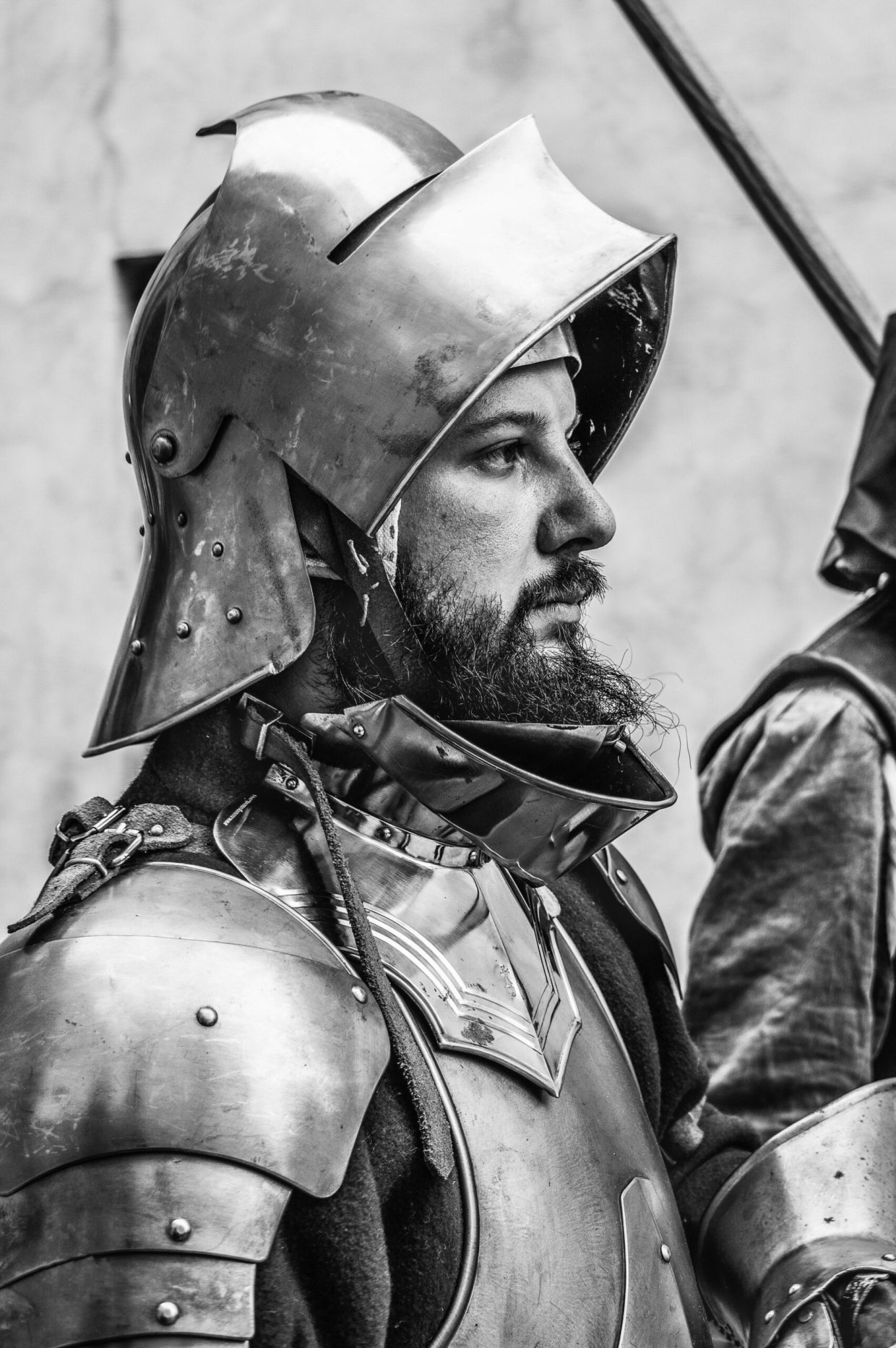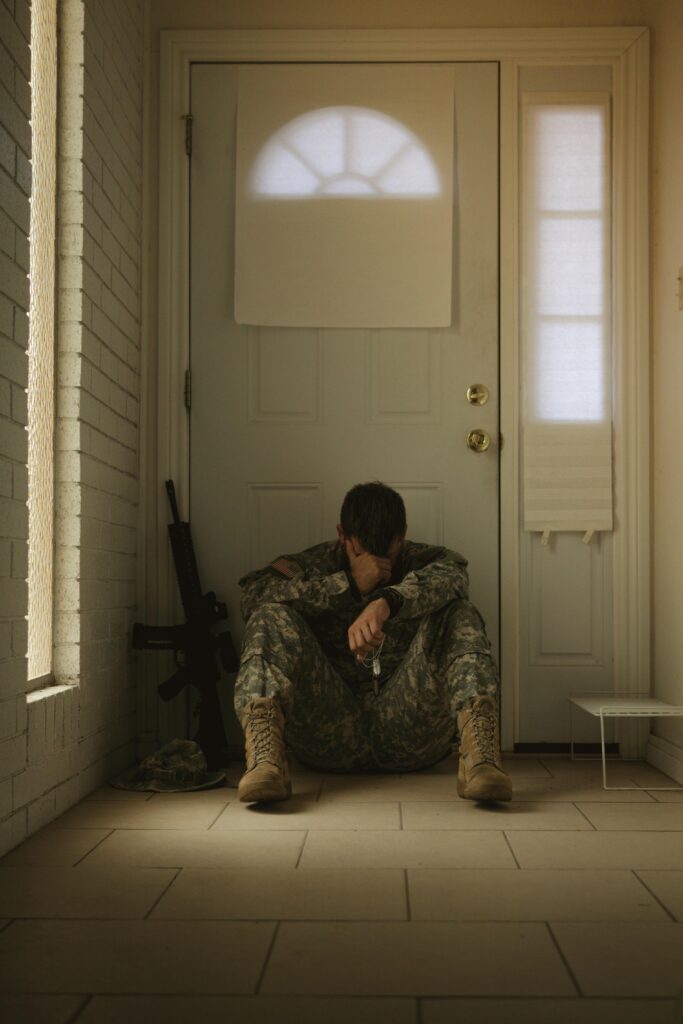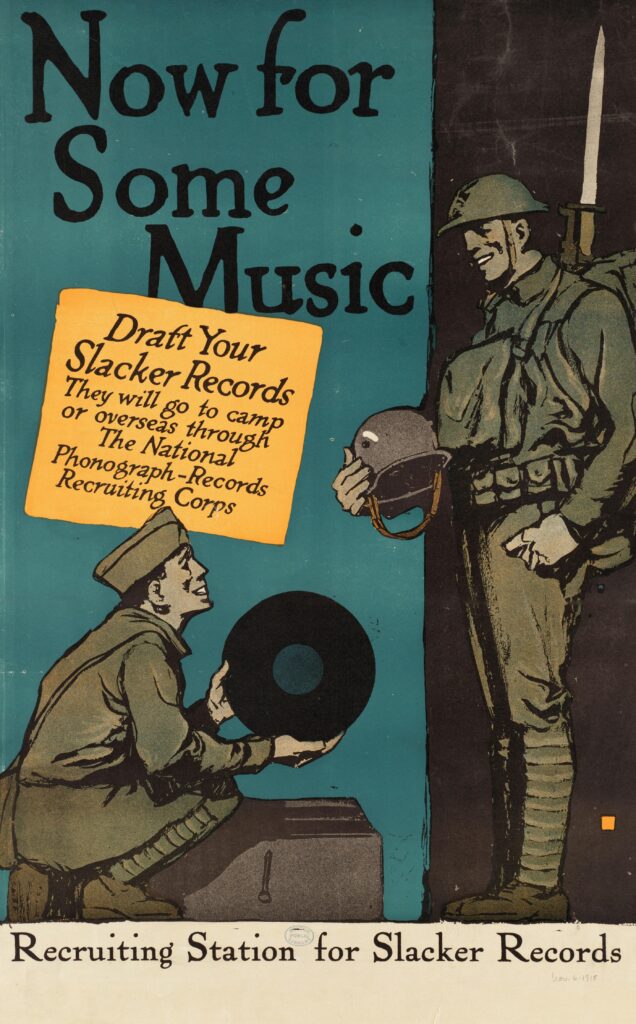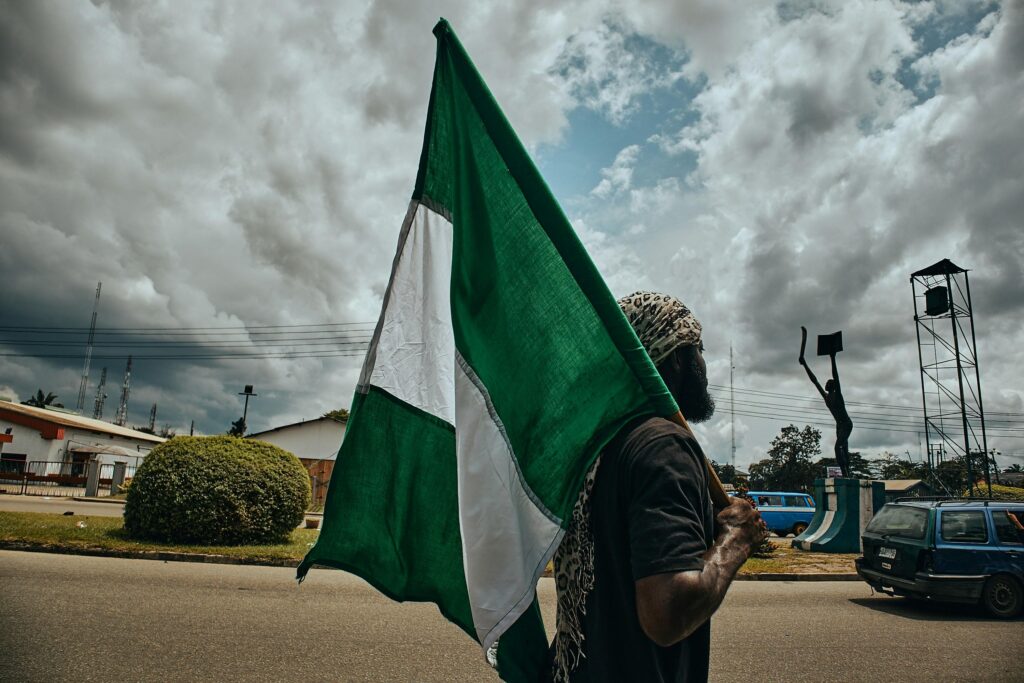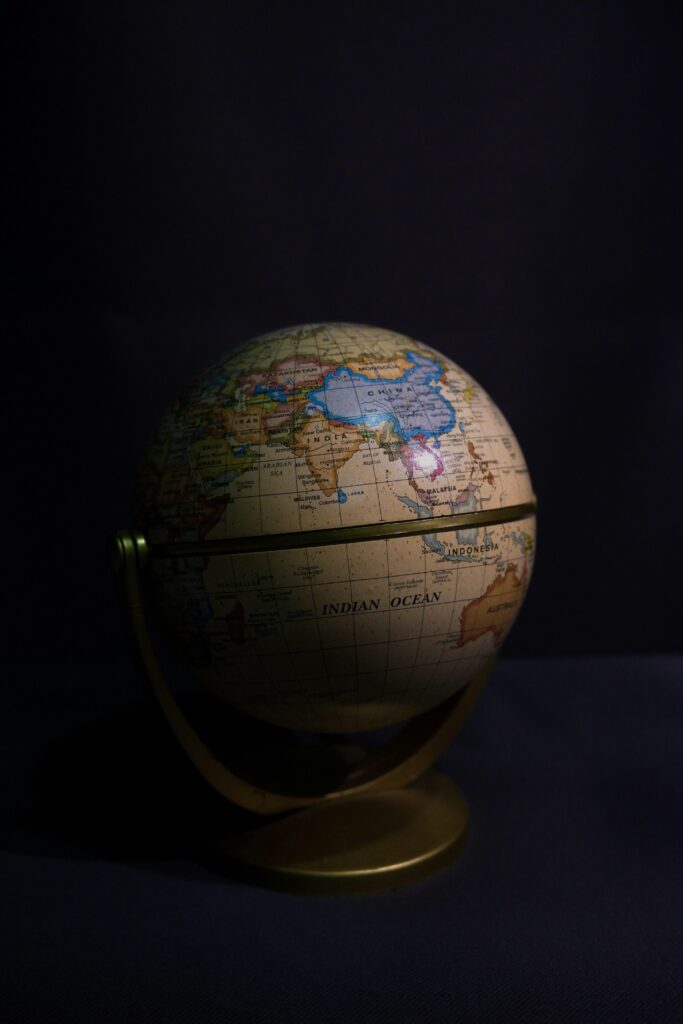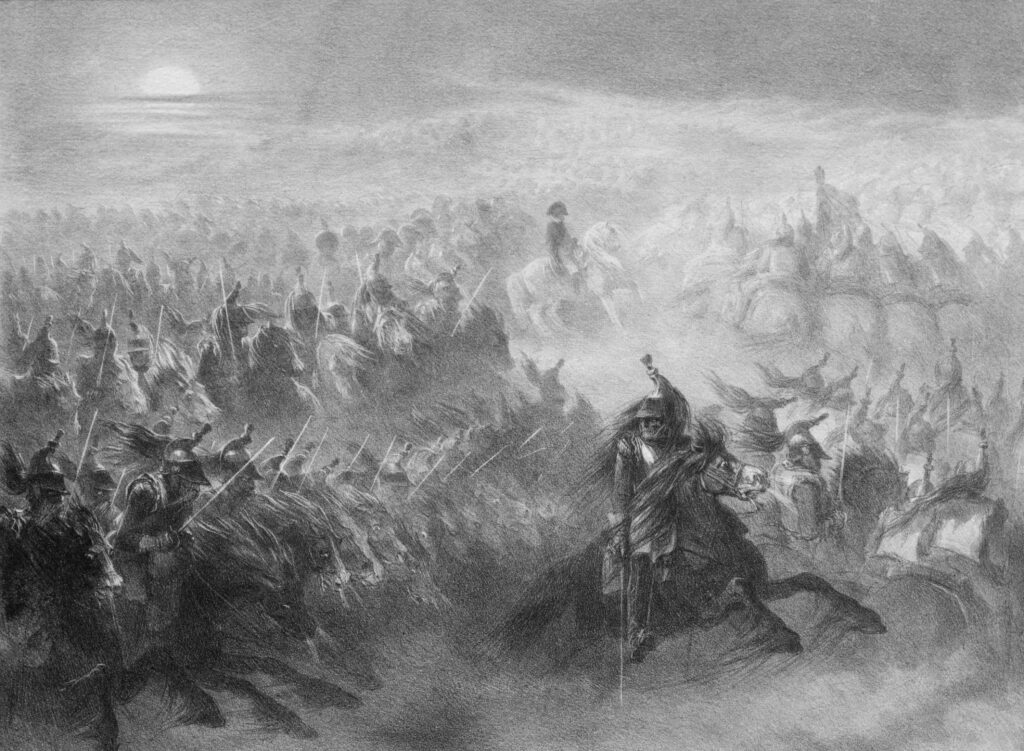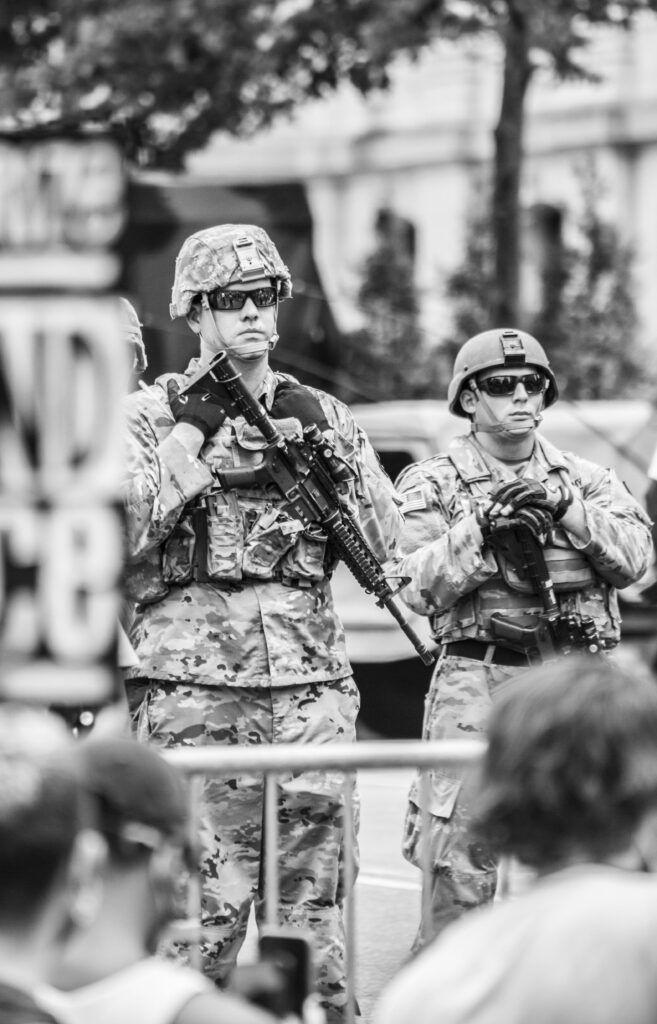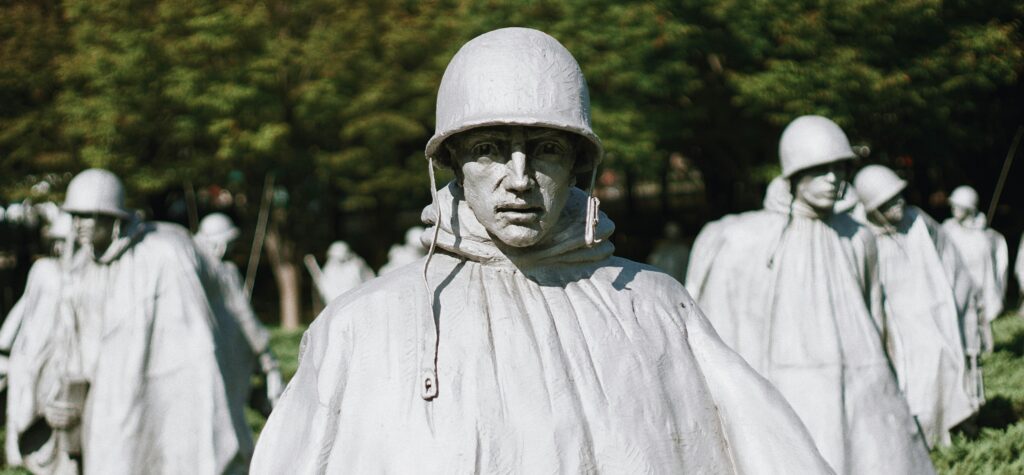The Crusades stand as one of the most captivating and complex chapters in medieval history, weaving together intense faith, fierce conflict, and enduring consequences that shaped the course of civilizations. Beginning in the late 11th century, these religious wars drew knights, pilgrims, and monarchs from across Europe to the battlefields of the Holy Land, driven by a potent mix of spiritual devotion and political ambition. In this article, we journey back to explore the origins, key events, and profound legacy of the Crusades, shedding light on how this remarkable era not only altered the medieval world but also continues to influence our understanding of faith and conflict today.
Table of Contents
- The Spiritual Zeal Behind the Crusading Movement
- Battles and Strategies Shaping Medieval Christendom
- Cultural Exchanges and the Transformation of Europe
- Lessons from the Crusades for Modern Interfaith Dialogue
- Key Takeaways
The Spiritual Zeal Behind the Crusading Movement
At the heart of the crusading movement lay a profound spiritual fervor that transcended mere political ambition or territorial conquest. Crusaders believed they were answering a divine call to reclaim sacred lands and defend Christendom from perceived heretical threats. This zealous faith fueled an unwavering commitment, inspiring thousands to endure grueling journeys into the unknown. The promise of spiritual rewards, notably indulgences and the remission of sins, reinforced the crusaders’ conviction that their sacrifices served a higher, eternal purpose.
The spiritual motivations were not monolithic; instead, they intertwined with contemporary religious ideals and popular piety. Many crusaders viewed their participation as a form of pilgrimage, an act of penitence and devotion that offered a path to salvation. The church, for its part, skillfully mobilized this zeal through:
- Powerful sermons that framed the crusades as a sacred duty
- Liturgical ceremonies blessing the warriors and their cause
- The portrayal of the crusade as a cosmic struggle between good and evil
Such elements fostered a potent sense of belonging and purpose, making the crusade not only a military expedition but also a collective spiritual journey woven deeply into the religious fabric of medieval Europe.
Battles and Strategies Shaping Medieval Christendom
During the medieval period, the theatres of conflict in Christendom were shaped by a complex matrix of religious fervor, political ambition, and economic interests. The Crusaders, often united by their zealous commitment to reclaim holy sites, employed a diverse repertoire of military tactics, ranging from fortified siege warfare to swift cavalry raids. Strategic alliances with local powers and the ingenious use of geography—such as controlling key mountain passes or river crossings—could turn the tide of a campaign, emphasizing how knowledge of terrain was as crucial as martial prowess. Additionally, the logistical challenges of sustaining long campaigns far from home led to the development of sophisticated supply chains and coordination among disparate crusader groups.
Notably, the Crusades also fostered advancements in military technology and organization. The introduction of heavy cavalry charges, improved siege engines, and disciplined infantry formations demonstrated an evolving understanding of battlefield dynamics. Crusader armies often adapted their strategies to the diverse enemies they faced—from well-entrenched Muslim defenders to nomadic Turkic warriors—highlighting a continuous process of tactical innovation. This period also saw the rise of military orders such as the Knights Templar and Hospitallers, who combined monastic discipline with fierce combat skills, symbolizing the blend of faith and martial discipline that characterized much of medieval Christendom’s warfare.
- Siege tactics involving trebuchets and mining operations
- Naval engagements securing Mediterranean supply routes
- Diplomatic negotiations with local rulers to forge temporary truces
Cultural Exchanges and the Transformation of Europe
During the Crusades, Europe experienced profound cultural interactions that extended far beyond mere military encounters. As Crusaders journeyed through the Mediterranean and the Levant, they came into contact with diverse peoples, ranging from Byzantine Christians to Muslim scholars and traders. These cross-cultural engagements introduced Europeans to advanced knowledge in medicine, astronomy, mathematics, and philosophy, much of which had been preserved and enhanced by Islamic civilizations. The exchange was mutual; European ideas and technologies were also carried to the East, fostering a complex network of intellectual and artistic dialogue.
The impact of these interactions reshaped European society in enduring ways. Cities like Venice and Genoa flourished as hubs of commerce, facilitating the flow of exotic goods, spices, and textiles that changed European diets and tastes. Architectural styles were influenced by Eastern designs, evident in the adoption of pointed arches and intricate mosaics in Gothic cathedrals. Notably, the Crusades sparked renewed interest in classical learning, paving the way for the Renaissance. Key takeaways include:
- Transfer of scientific knowledge that challenged medieval European dogmas
- Growth of trade networks connecting Europe to Asia and Africa
- Cross-cultural artistic inspiration that enriched European art and architecture
Lessons from the Crusades for Modern Interfaith Dialogue
The Crusades stand as a stark reminder of how religious fervor can both unite and divide societies. Amidst the turmoil, one lesson emerges clearly for today’s interfaith dialogue: the critical importance of mutual respect and understanding. While the Crusaders sought to reclaim sacred land, their efforts inadvertently deepened mistrust and hostility between diverse faith communities, leaving a legacy of pain that still echoes. Modern conversations among faith groups must strive to avoid such pitfalls by embracing empathy, openness, and willingness to listen—qualities that foster peace rather than conflict.
Moreover, history teaches us that the multifaceted nature of faith calls for recognizing shared values alongside differences. The Crusades remind us that dialogue is not about erasing distinct identities, but about building bridges through:
- Honest communication that acknowledges past wounds without perpetuating blame.
- Collaborative problem-solving centered on common humanitarian goals.
- Patience and humility as essential tools for transforming suspicion into solidarity.
Such principles offer a blueprint for turning historical conflicts into inspiring foundations for a future defined by harmony rather than strife.
Key Takeaways
As we close this chapter on the Crusades, we are reminded that these complex campaigns were far more than mere battles for land—they were profound expressions of faith, power, and human striving. The echoes of these medieval expeditions continue to shape our world in subtle and not-so-subtle ways, influencing the course of history and the interactions between cultures for centuries. By exploring the motivations, the conflicts, and the enduring legacies of the Crusades, we gain not only a richer understanding of the past but also valuable insights into the enduring nature of human conviction and the quest for meaning. May this journey through time inspire a thoughtful appreciation of history’s intricate tapestry and the lessons it offers to us today.


